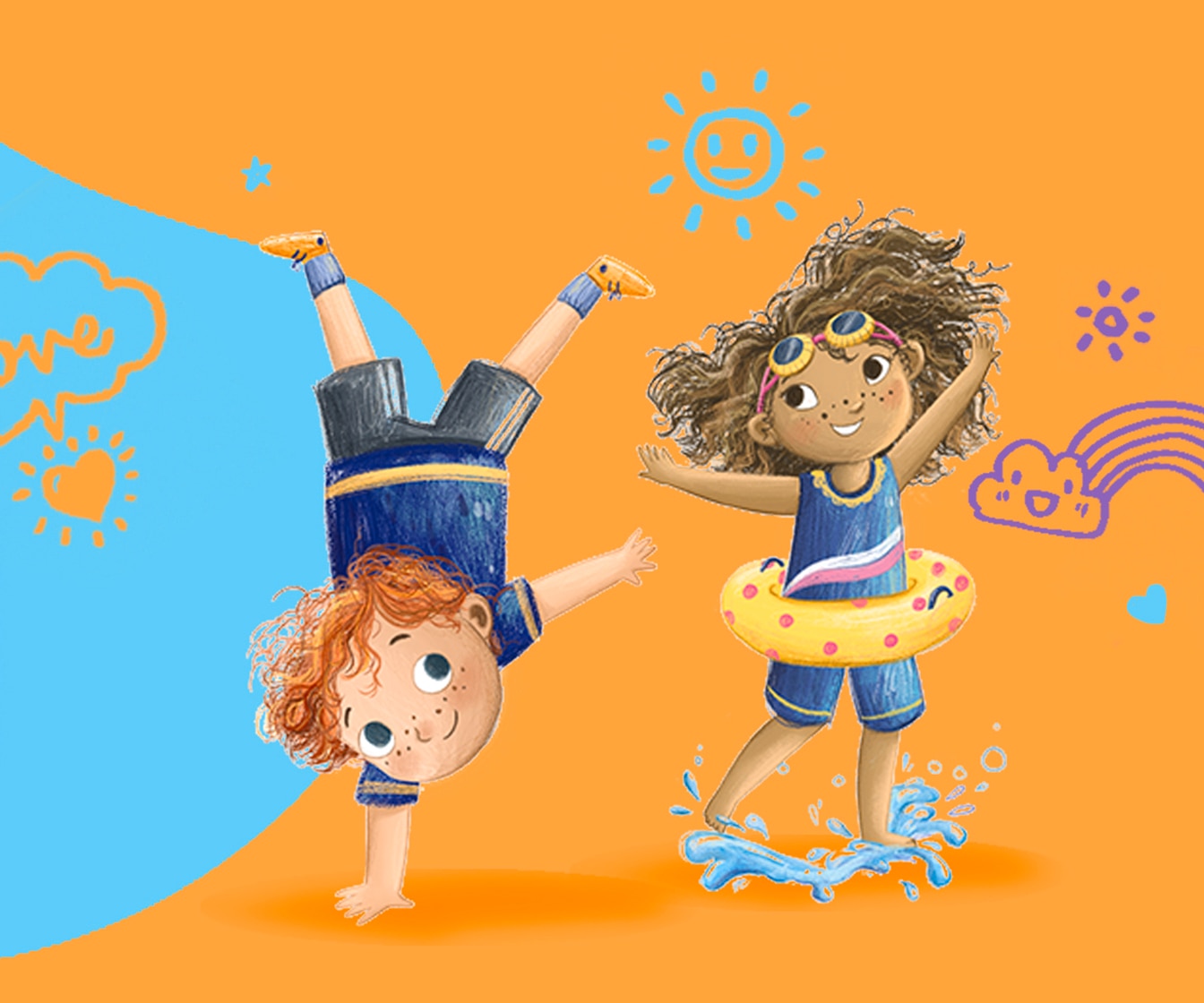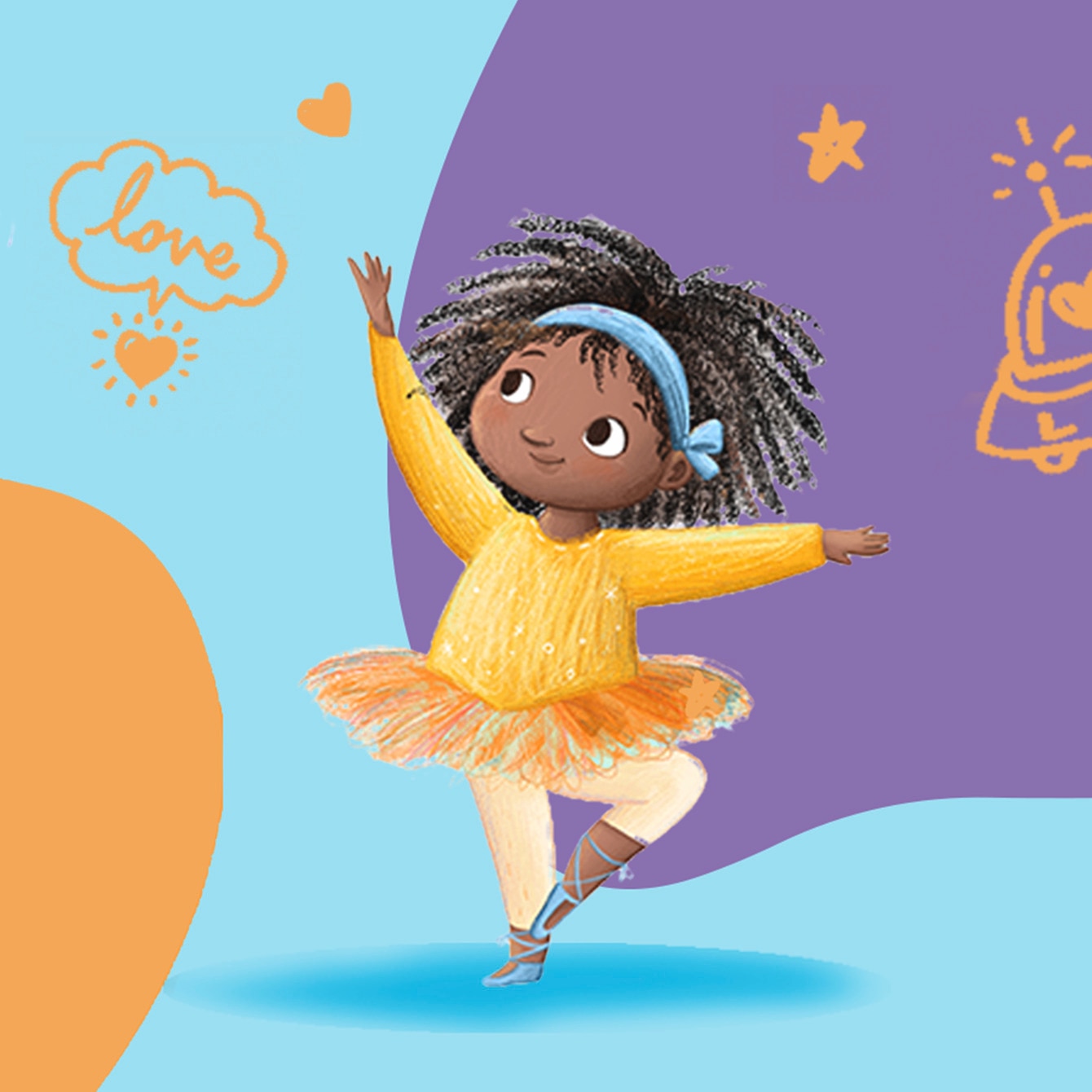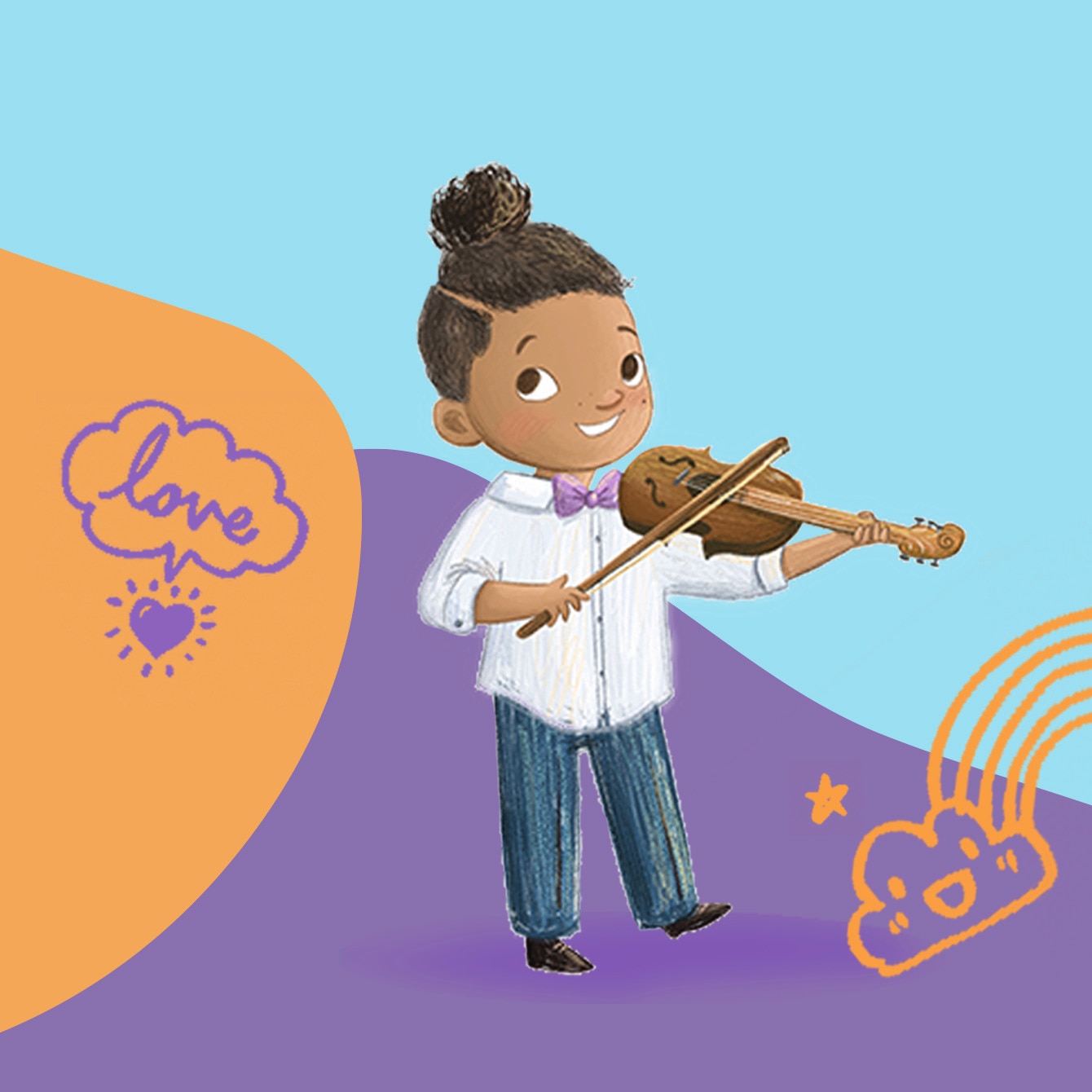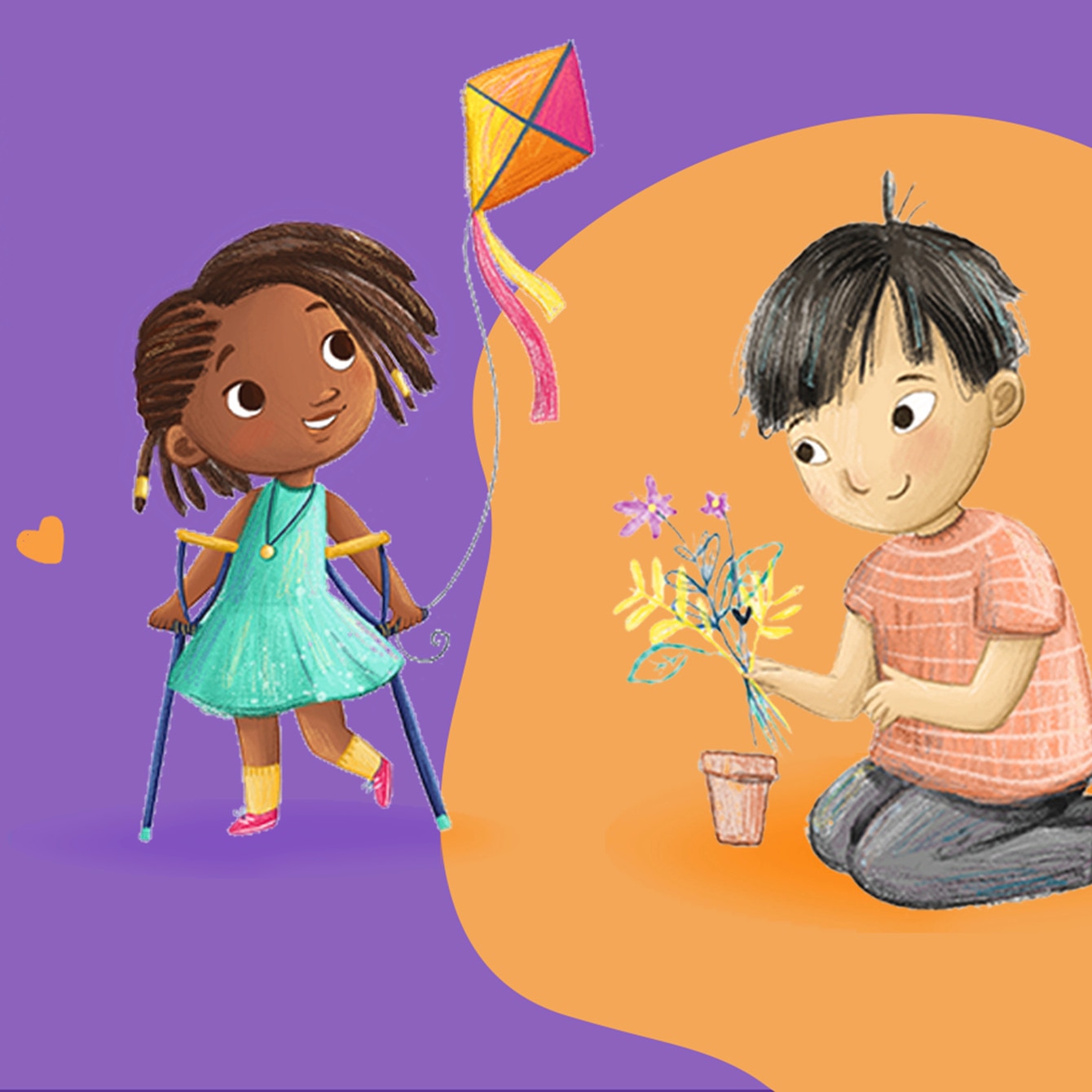We’re living in a digital age. And as a parent, this can be a whole new world to navigate as your kids grow up. When kids enter their school years, they’ll want to start being more independent, have their own mobile devices and choose what they want to watch – but it’s important to think about the influence of media on children, too.
Every parent has different opinions about screen time, and every family manages media differently. In this article, we’ll discuss kids’ media and stereotypes, how it can influence children’s self-esteem and the effects of negative body image. So that you can make more informed decisions around the screen time rules in your family.
Appearance standards and stereotypes in kids’ media
TV shows, films, books, online games and apps. Kids’ media comes in so many forms – and they all teach them about what’s acceptable and celebrated in society. Some of them show narrow beauty ideals and appearance standards, that can also reinforce outdated ideals in relation to gender.
Ask most kids to describe a princess, and they’ll often describe someone that’s slim, super feminine, and conventionally “pretty”. Research has found that Disney princess media doesn't seem to impact the body image of girls under 6 years old1,2. This could be because they identify with the characters, rather than compare themselves to them. But as girls get older, something changes and they begin to compare themselves with others. So it’s important to ensure that girls see a wide range of bodies and appearances in the media they see at this age. But it’s not just girls who are affected by the stereotypes in media, the effects of negative body image can impact boys too. Male characters also conform to societal gender and appearance standards. Male action figures, and characters in films and video games are often unrealistic and hyper muscular. Research with 6-year-old boys has also shown that one third wished to be more muscular than they are3.
Villains or “baddies” are often characterized by facial features that don’t conform to societal appearance standards and have stereotypically ‘unattractive’ features. Typically attractive characters usually have more desirable personality traits too (e.g., funny, smart, curious), while those who don't conform to societal norms of attractiveness are more likely to be labelled as lazy, boring, greedy or mean. This sends the message to kids that it’s okay to judge people’s personal qualities by how they look, and this reinforces stereotypes and prejudice.
Conversation starters:
Why do you think that the evil characters look a certain way? Could that hurt some people’s feelings?
What do the ‘good’ characters have in common and why might that be? Can you see any problems with that?
Why do you think these actors have been chosen to be in the film/show? Do they look like people in real life?

Body Image expert, and parent of three, Dr Zali Yage
“You can’t be what you can’t see”
American activist for children’s rights, Marian Wright Edelman famously said “you can’t be what you can’t see”, and this is also true for kids’ media.
Representation is so important, but a recent report from the UK found that disability, LGBTQ+, and working-class people were largely absent in popular TV programmes aimed at young children4. When disability was included, it was often misrepresented and associated with negative storylines. When LGBTQ+ representation was included, it was often very brief. The report also found that Black, Asian and Ethnic Minority groups were also underrepresented, and were rarely featured as the main character.The absence of positive representation and role models in kids’ media strengthens the idea that value in society is based on physical characteristics.
Making a difference
Kids’ media can be a positive influence on emotional and intellectual development, as well as children’s body image and the acceptance of appearance diversity. Diverse and inclusive representations have been proven to boost kids’ self-esteem. You can hear researchers at the Centre for Appearance Research (CAR) talk about this in their recent episode of Appearance Matters: The Podcast. You can also make a difference by helping kids choose to watch programmes that show a wide variety of characters. Together with Cartoon Network, the Dove Self Esteem Project created a series of short Steven Universe cartoons specifically targeting different topics relating to body image, which have been proven to improve viewers’ body image5.
Having conversations about the appearance and personality traits of the characters can also have a positive impact, opening up a conversation that allows young people to challenge the appearance standards and stereotypes on their screens
What to look out for:
Media that only depicts narrow standards of beauty and doesn’t showcase diverse representations. Discussions or depictions about body weight and shape. For example, characters using behaviors to change themselves, or talking about what might have contributed to weight and shape
Diverse media showing different sizes, shapes and races, that is also inclusive of LGBTQ+ people and disabilities
- Pretty as a Princess: Longitudinal Effects of Engagement With Disney Princesses on Gender Stereotypes, Body Esteem, and Prosocial Behavior in Children
- Am I too fat to be a princess? Examining the effects of popular children's media on young girls' body image
- Preferences for being muscular and thin in 6-year-old boys
- What does it mean when disability is portrayed as a villainous trait?
- The effectiveness of brief animated films as a scalable micro-intervention to improve children’s body image: A randomised controlled trial





